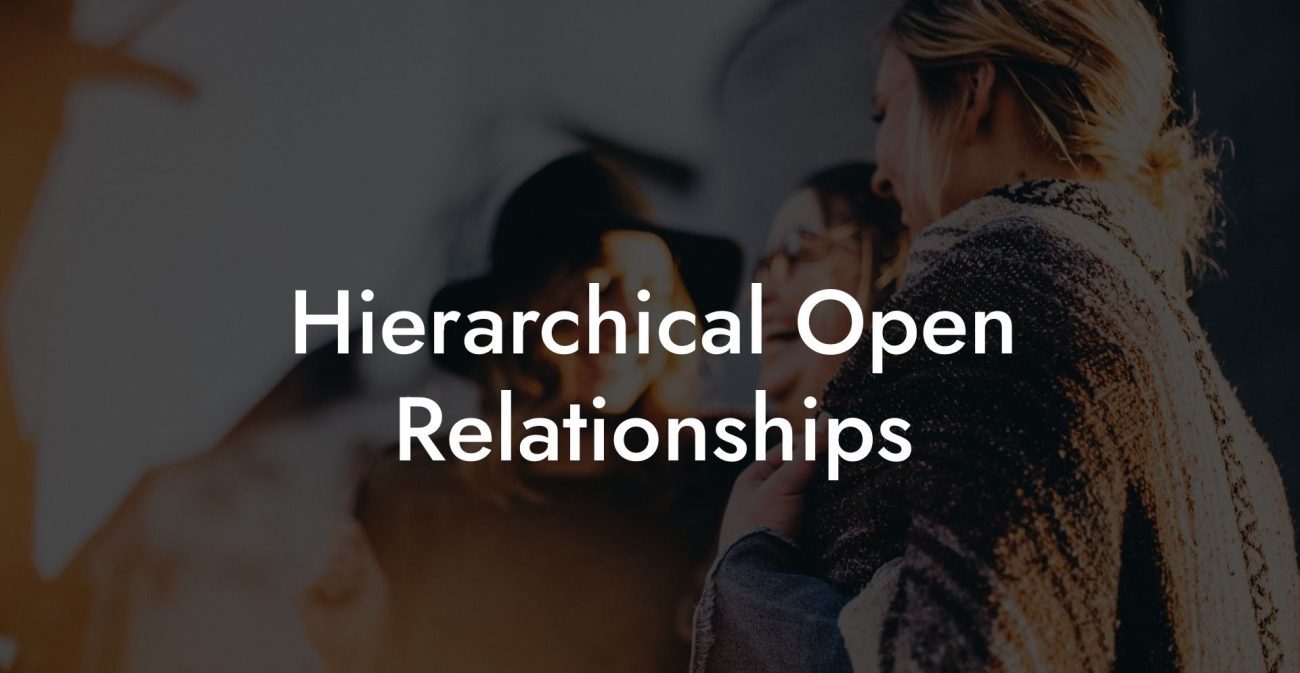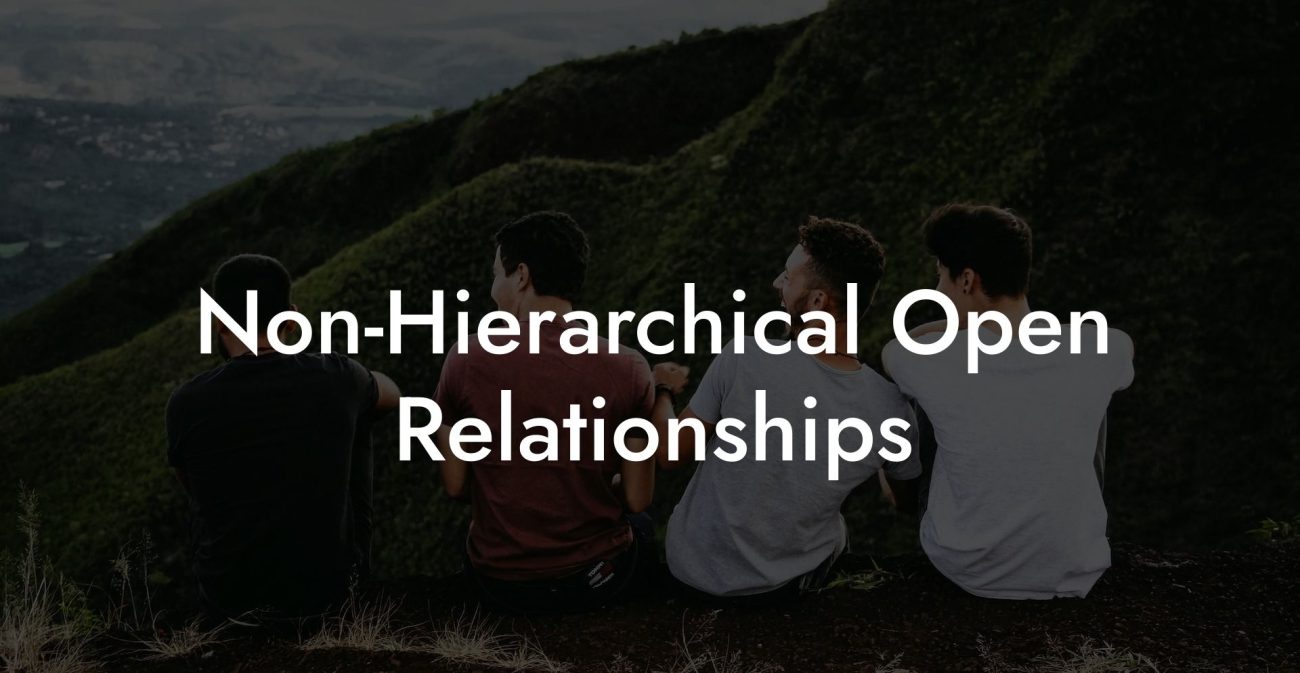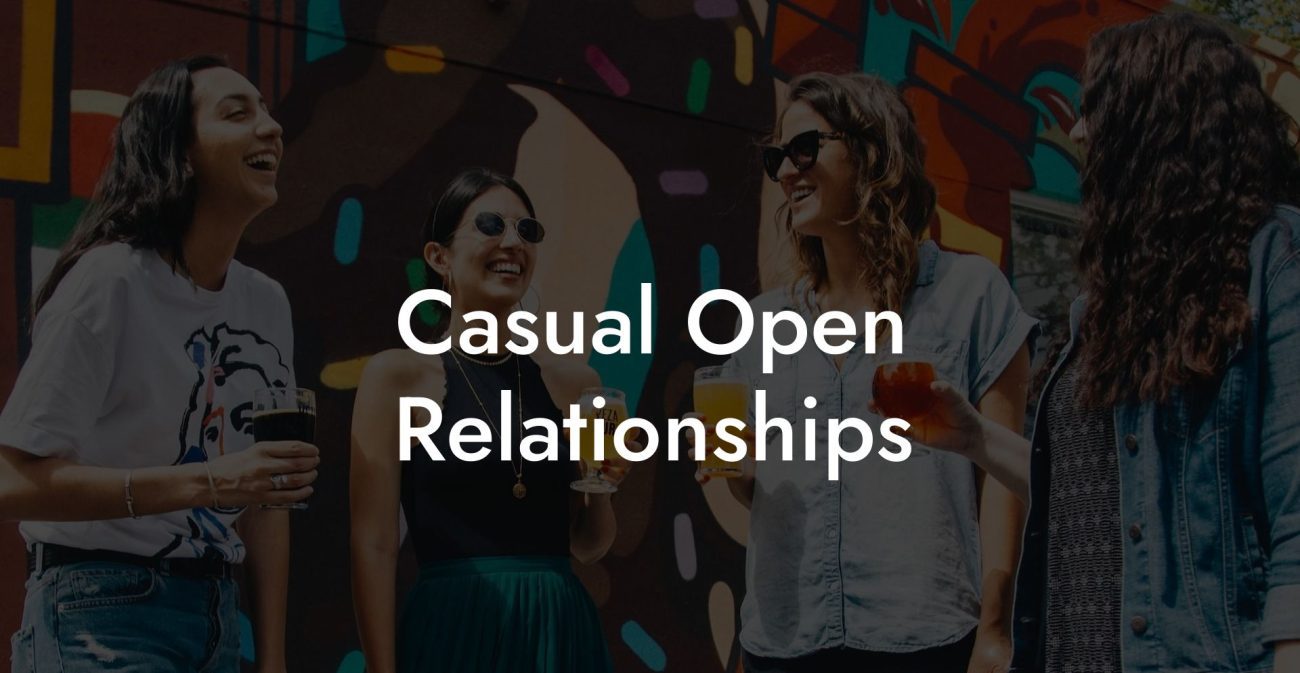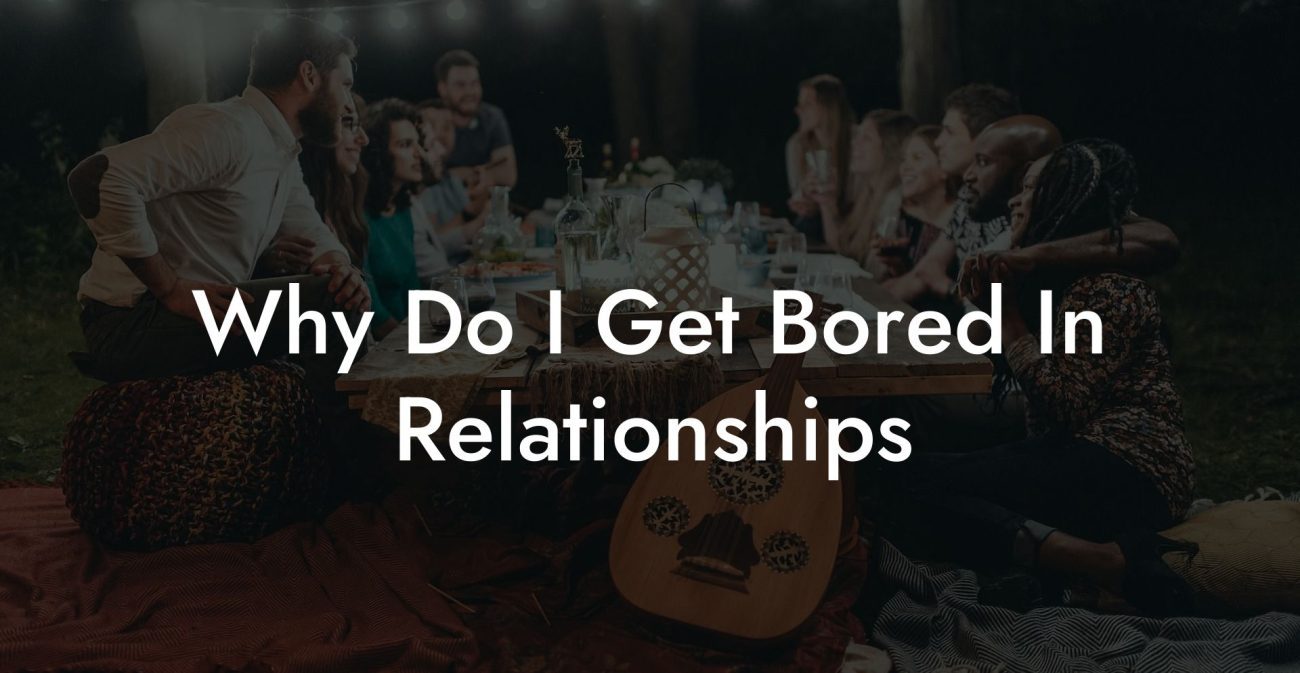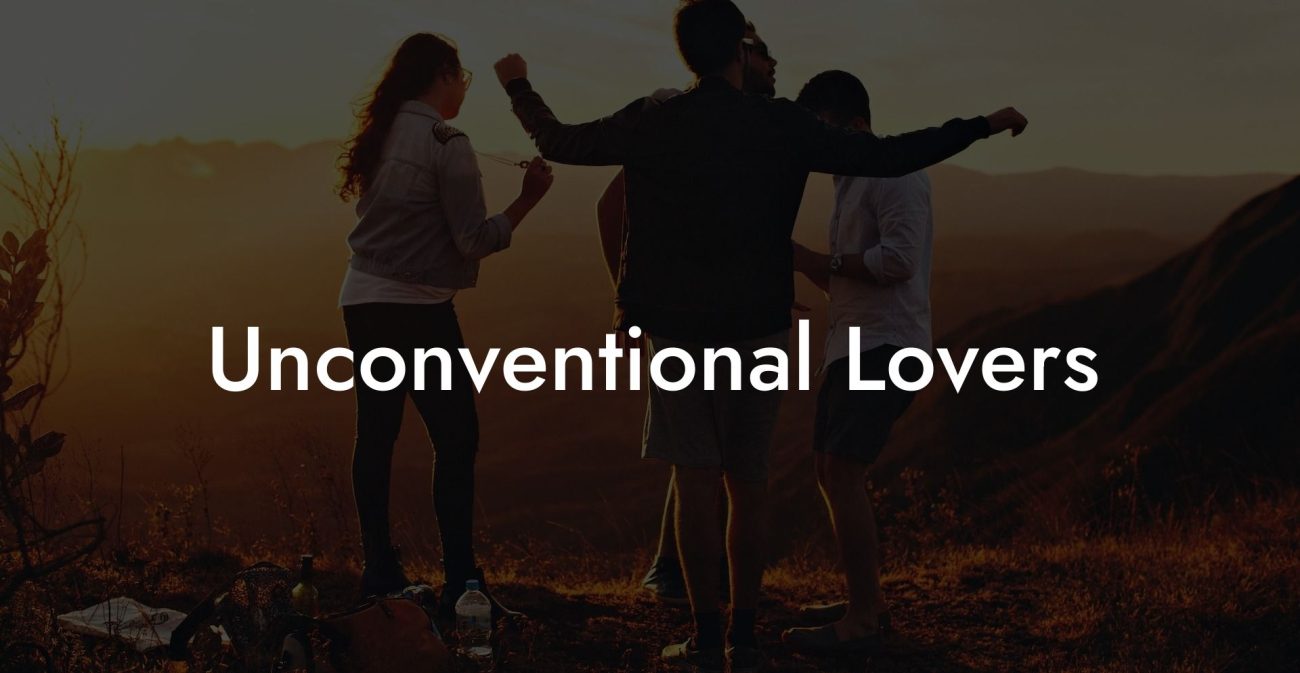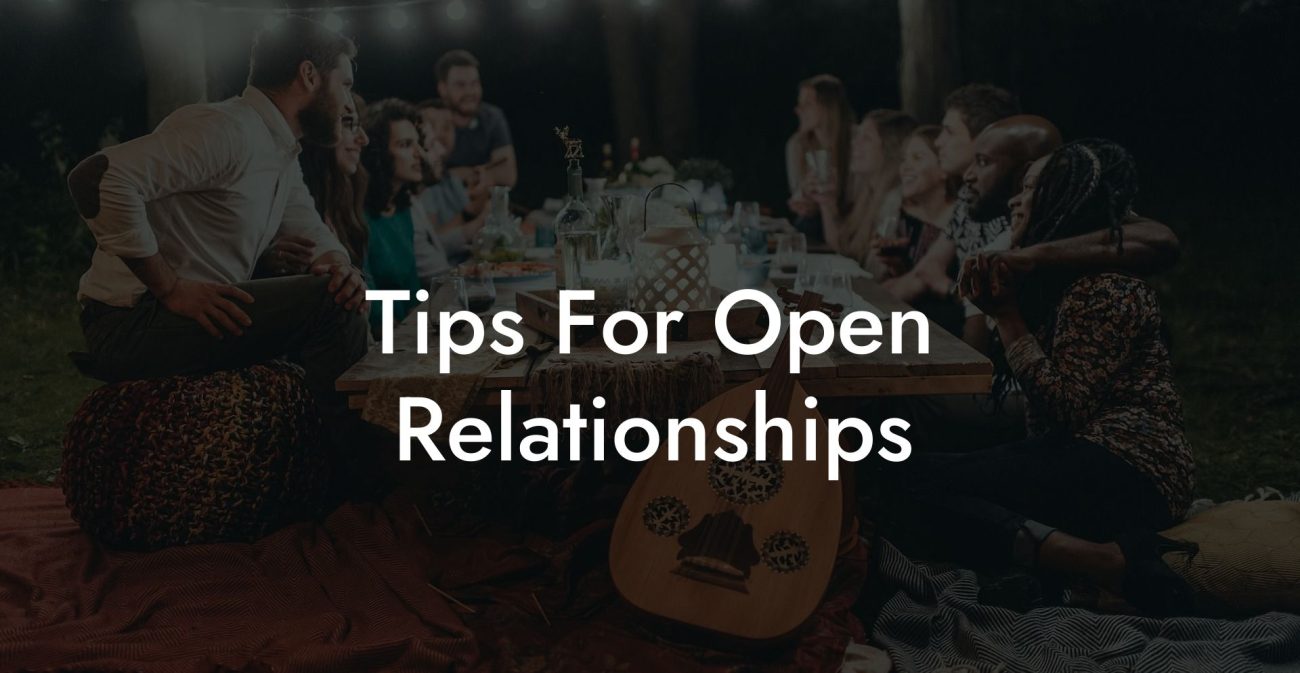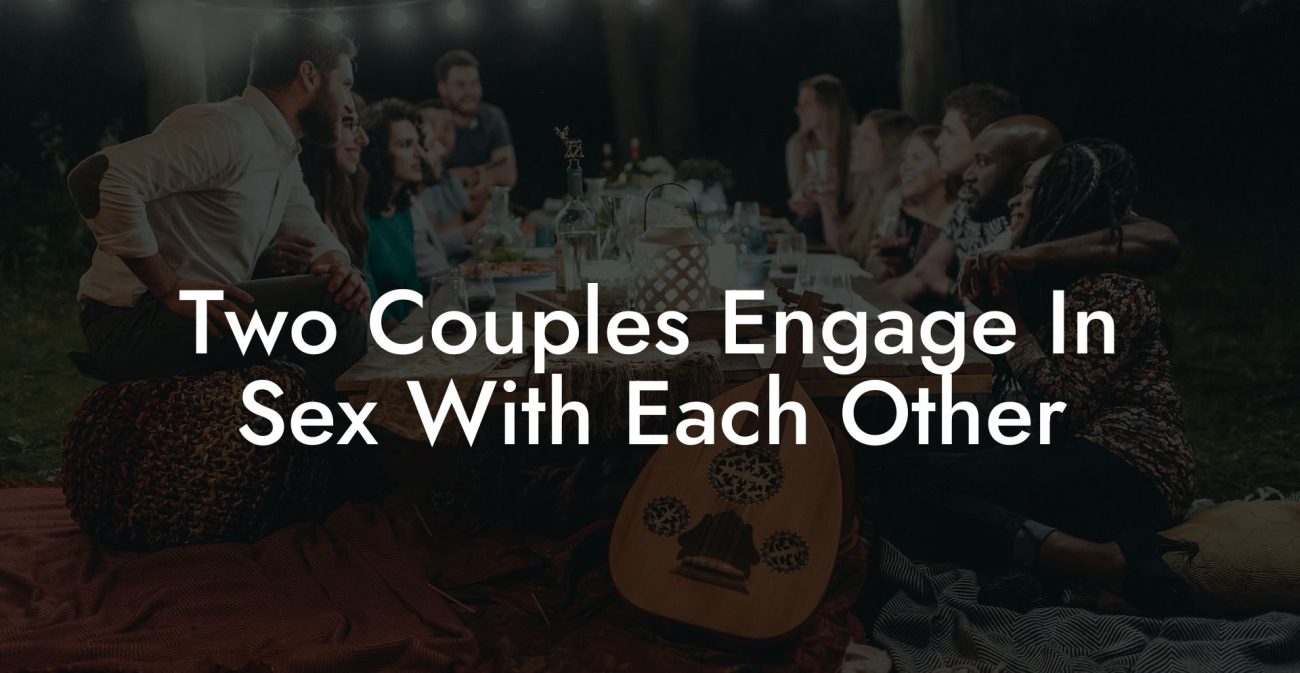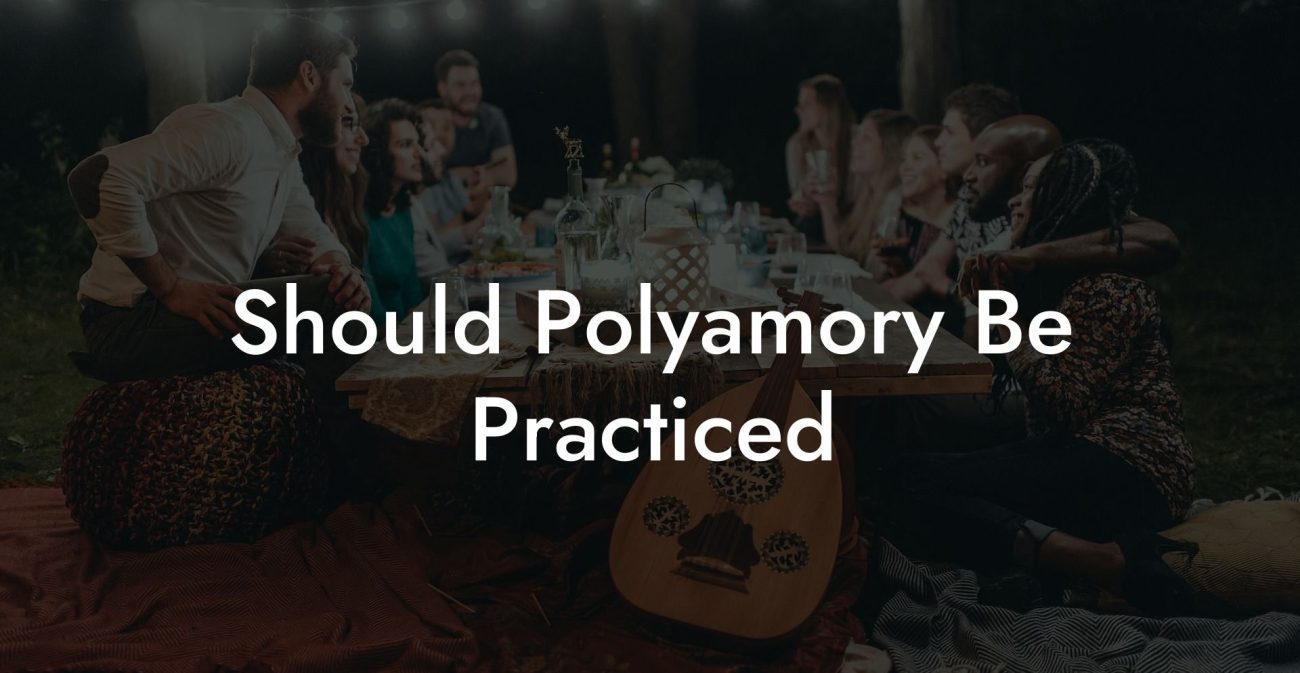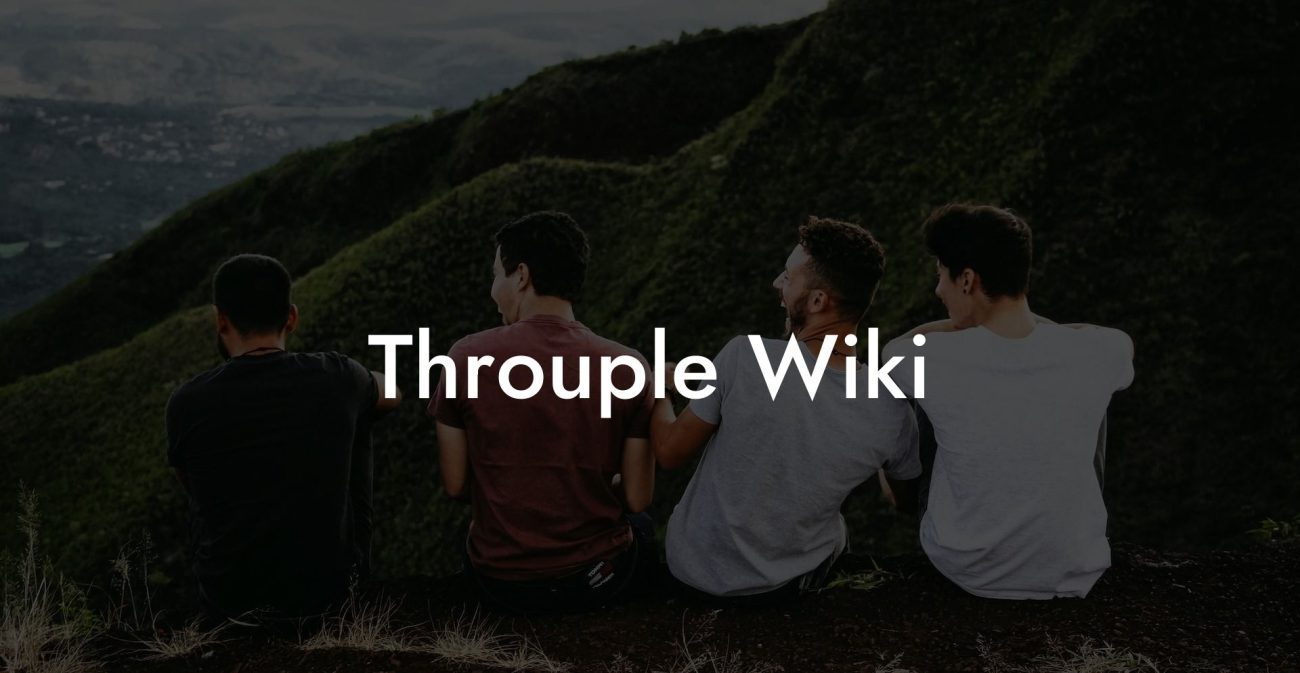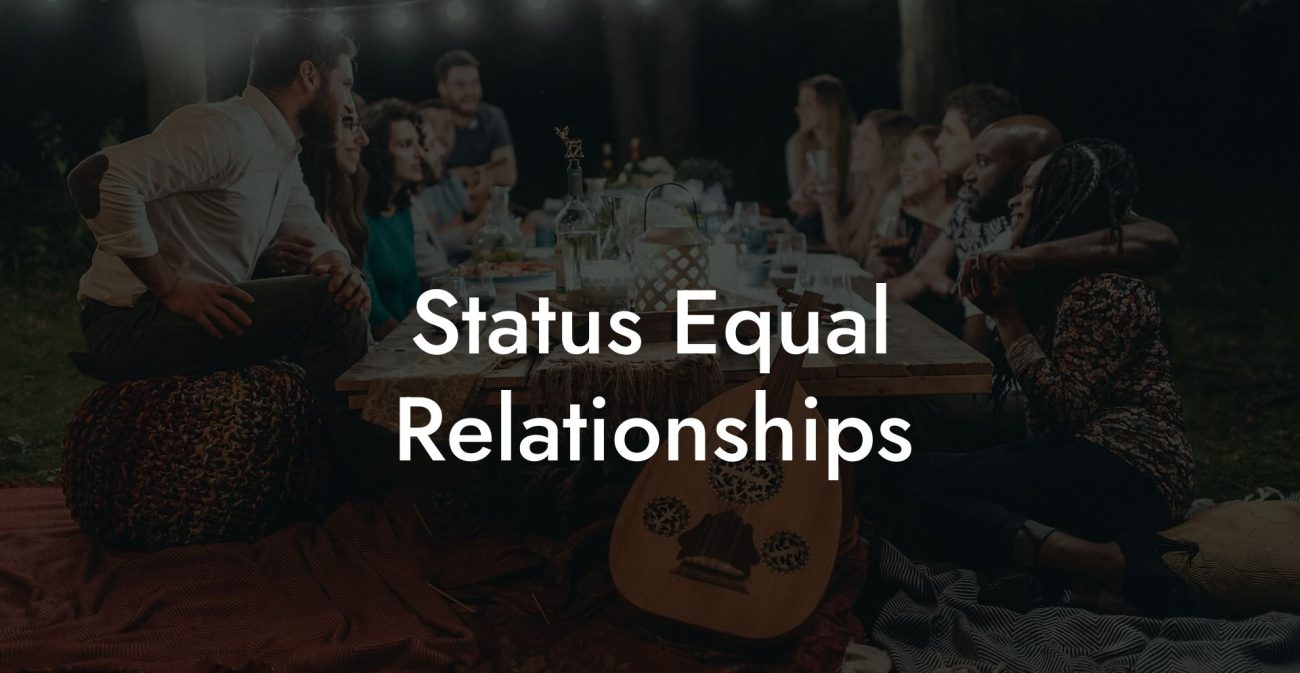Traditional Marriage vs Marriage: Key Differences
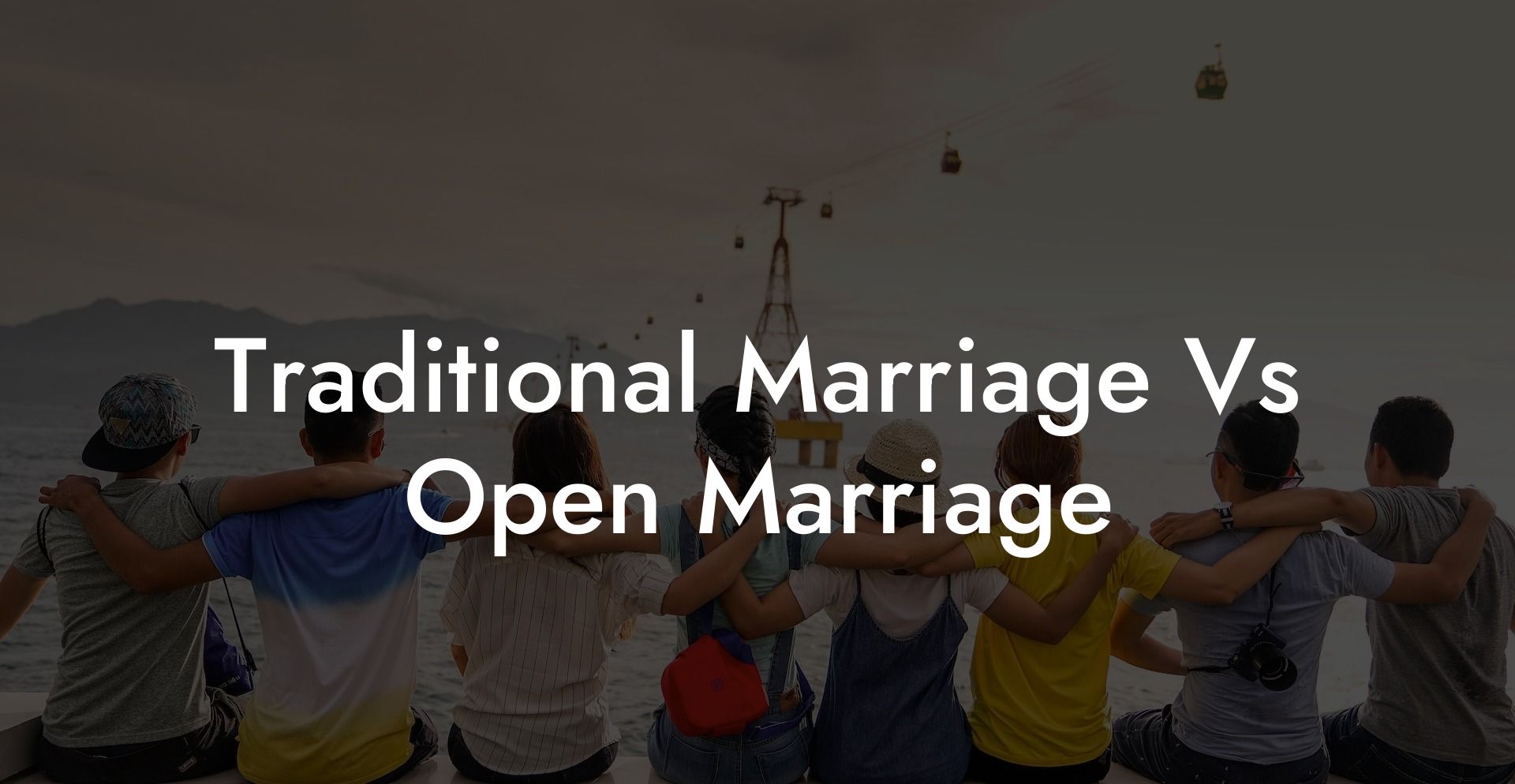
In this guide, we explore the core differences between traditional marriage, characterized by conventional roles, values, and customs, and more modern interpretations of marriage that reflect contemporary social, cultural, and legal changes. Whether you are a student, researcher, or someone curious about how the institution of marriage has transformed over time, this resource offers in-depth insights and practical strategies to help you navigate these differences.
Quick Links to Useful Sections
- Defining Traditional Marriage
- What Is Traditional Marriage?
- Historical and Cultural Context
- Defining Modern Marriage
- What Is Modern Marriage?
- Historical and Cultural Shifts
- Key Differences Between Traditional and Modern Marriage
- Gender Roles and Equality
- Commitment and Exclusivity
- Legal Recognition and Benefits
- Communication and Relationship Dynamics
- Cultural and Social Expectations
- Benefits and Challenges
- Benefits of Traditional Marriage
- Challenges of Traditional Marriage
- Benefits of Modern Marriage
- Challenges of Modern Marriage
- Practical Strategies for Strengthening Your Marriage
- For Traditional Marriages
- For Modern Marriages
- FAQ: Your Traditional Marriage vs Marriage: Key Differences Questions Answered
Defining Traditional Marriage
What Is Traditional Marriage?
Traditional marriage typically refers to a long-established form of marital union that is often defined by a set of conventional cultural, religious, and social norms. In many societies, traditional marriage has been characterized by the following features:
- Gender Roles: Often, traditional marriage assigns specific roles to each partner, such as the man being the primary breadwinner and the woman focusing on domestic responsibilities.
- Exclusivity and Permanence: Traditional marriage is usually viewed as an exclusive, lifelong commitment between two people.
- Religious and Cultural Foundations: Many traditional marriages are rooted in religious teachings and cultural customs that emphasize family unity, fidelity, and the nuclear family structure.
- Legal Recognition: The legal framework in many regions supports traditional marriage by providing rights and benefits, such as tax advantages, inheritance rights, and spousal protections.
- Social Expectations: Traditional marriage is often celebrated and reinforced by societal norms and expectations, including community support and cultural rituals.
Historical and Cultural Context
Traditional marriage has evolved over centuries and has been shaped by religious doctrines, economic necessities, and cultural narratives. For instance, in many Western societies, Christianity played a pivotal role in establishing monogamous, gender-specific roles within marriage. The nuclear family model, where a married couple and their children form the basic social unit, has been widely promoted as the ideal.
In various non-Western cultures, traditional marriage may also incorporate extended family structures and community involvement, yet the underlying principles of defined gender roles and long-term exclusivity remain prominent. The historical context of traditional marriage provides a foundation for understanding its cultural significance and the values it upholds.
Defining Modern Marriage
What Is Modern Marriage?
Modern marriage, sometimes referred to as contemporary marriage, represents an evolving interpretation of the marital relationship that adapts to current social, cultural, and legal trends. While modern marriage still involves a commitment between two people, it is more flexible and inclusive than its traditional counterpart. Key features of modern marriage include:
- Egalitarian Roles: Modern marriages often emphasize gender equality, with partners sharing both domestic and financial responsibilities regardless of traditional gender norms.
- Individual Autonomy: There is a strong focus on personal growth and independence, even within the framework of a committed relationship.
- Flexible Commitment: While commitment remains central, modern marriage can accommodate varying degrees of exclusivity and may evolve over time as individual needs change.
- Legal and Social Reform: Contemporary legal frameworks increasingly recognize diverse forms of marriage and partnership, including same-sex unions and cohabitation without formal marriage, reflecting broader social changes.
- Open Communication: Modern couples are encouraged to engage in transparent, ongoing dialogue about their needs, boundaries, and expectations, fostering a more dynamic and adaptive relationship.
Historical and Cultural Shifts
The shift from traditional to modern marriage has been influenced by various factors, including feminist movements, changing economic conditions, and advances in social and legal rights. As societies become more progressive, there is greater emphasis on individual choice and equality within relationships. Modern marriage often reflects these values, embracing diverse forms of partnership that challenge outdated gender roles and promote personal fulfillment.
With increased globalization and access to information, contemporary couples are more likely to question traditional norms and seek out relationship models that align with their values. This evolution has led to a broader understanding of marriage as a flexible institution that can be adapted to the needs of the individuals involved.
Key Differences Between Traditional and Modern Marriage
Gender Roles and Equality
Traditional Marriage: Typically reinforces distinct gender roles. Men are often expected to be the primary providers, while women are tasked with domestic responsibilities. These roles are deeply embedded in cultural and religious traditions.
Modern Marriage: Emphasizes egalitarianism and gender equality. Both partners are encouraged to share responsibilities equally, whether related to work, household duties, or child-rearing. This shift reflects broader societal changes toward gender parity.
Commitment and Exclusivity
Traditional Marriage: Generally viewed as a lifelong, exclusive union with clear, fixed expectations regarding fidelity and long-term commitment.
Modern Marriage: While commitment remains a key element, modern marriage can be more fluid. Couples may negotiate the terms of exclusivity, adapt to changing circumstances, and redefine what commitment means in a way that reflects personal growth and evolving needs.
Legal Recognition and Benefits
Traditional Marriage: Supported by long-established legal frameworks that offer a wide range of rights and benefits, such as inheritance, tax advantages, and spousal benefits.
Modern Marriage: Although still legally recognized, modern marriage may include a variety of legal arrangements beyond the traditional model, such as civil unions and domestic partnerships. These arrangements reflect the increasing recognition of diverse forms of commitment.
Communication and Relationship Dynamics
Traditional Marriage: Communication in traditional marriages may adhere to conventional norms, with clearly defined roles and responsibilities that can sometimes limit open dialogue.
Modern Marriage: Modern couples tend to prioritize transparent and ongoing communication, encouraging partners to discuss their needs, negotiate boundaries, and continuously work on building a resilient relationship. This dynamic promotes personal growth and helps adapt to changing circumstances.
Cultural and Social Expectations
Traditional Marriage: Often reinforced by cultural narratives, religious doctrines, and social expectations that idealize the nuclear family and uphold strict gender roles.
Modern Marriage: Reflects a more diverse set of cultural values, emphasizing personal freedom, equality, and the right to choose a relationship model that fits one’s lifestyle. Modern marriages are increasingly inclusive and adaptable to different social contexts.
Benefits and Challenges
Benefits of Traditional Marriage
- Stability and Predictability: The clear, established roles and expectations can provide a strong sense of stability and security.
- Legal and Social Support: Traditional marriages are widely recognized by legal and cultural institutions, offering concrete benefits and protections.
- Cultural Continuity: They often serve as a means to preserve cultural heritage and family traditions.
Challenges of Traditional Marriage
- Rigid Gender Roles: The fixed expectations can limit personal growth and perpetuate inequality, potentially leading to dissatisfaction.
- Lack of Flexibility: The rigidity of traditional roles may not accommodate the evolving needs and aspirations of modern individuals.
Benefits of Modern Marriage
- Flexibility and Autonomy: Modern marriages allow for greater individual freedom and the ability to adapt to personal and shared goals.
- Egalitarian Dynamics: Emphasis on equality promotes a more balanced sharing of responsibilities and opportunities for mutual growth.
- Enhanced Communication: A focus on open dialogue helps address conflicts and fosters a deeper, more resilient connection.
Challenges of Modern Marriage
- Ambiguity in Roles: With less rigid structures, some couples may struggle with defining responsibilities or negotiating expectations.
- Societal Pressure: Despite evolving norms, some modern couples still face external pressure to conform to traditional standards, which can create internal conflict.
Practical Strategies for Strengthening Your Marriage
For Traditional Marriages
- Open Dialogue: Encourage conversations about evolving personal needs within the framework of traditional roles.
- Shared Responsibilities: Explore ways to adapt traditional roles to foster greater equality and personal growth.
- Preserve Cultural Traditions: Celebrate your cultural heritage while remaining open to adjustments that benefit both partners.
For Modern Marriages
- Establish Clear Communication Channels: Regular check-ins and honest discussions help define expectations and resolve conflicts.
- Negotiate Flexible Roles: Work together to create roles that respect individual autonomy while fulfilling shared responsibilities.
- Embrace Continuous Learning: Engage in self-improvement and couple’s counseling to navigate the challenges of evolving relationship dynamics.
FAQ: Your Traditional Marriage vs Marriage: Key Differences Questions Answered
1. What is traditional marriage?
Traditional marriage is an exclusive, culturally and religiously defined union between two individuals, characterized by conventional gender roles, long-term commitment, and a strong emphasis on family and social stability.
2. What is modern marriage?
Modern marriage, or contemporary marriage, is a flexible, egalitarian approach to the marital relationship that emphasizes personal autonomy, open communication, and adaptable roles, reflecting evolving social and cultural values.
3. How do traditional and modern marriages differ in terms of gender roles?
Traditional marriage typically reinforces distinct gender roles, such as the man as provider and the woman as caregiver. In contrast, modern marriage promotes egalitarian roles, with both partners sharing responsibilities equally.
4. What are the legal differences between traditional and modern marriages?
Both traditional and modern marriages are legally recognized in most societies, but modern marriages often challenge or reinterpret traditional legal definitions, embracing a more inclusive and flexible understanding of partnership that may extend to same-sex couples and other diverse family structures.
5. How do communication styles differ between the two models?
In traditional marriages, communication may follow more conventional patterns and fixed roles, while modern marriages encourage open, transparent dialogue and continuous negotiation of boundaries and expectations.
6. Where can I find additional resources on these topics?
Additional resources include books such as "The Ethical Slut" and "More Than Two", podcasts like "Multiamory" and "Polyamory Weekly," and academic or online communities dedicated to relationship studies and modern family dynamics.
Resources and Community Support: Your Next Steps
- "The Ethical Slut" by Dossie Easton & Janet Hardy – A foundational text exploring various relationship models and the dynamics of intimate partnerships.
- "More Than Two" by Franklin Veaux & Eve Rickert – A guide offering practical advice on navigating relationship dynamics in both traditional and modern marriages.
- Podcasts: Listen to "Multiamory" and "Polyamory Weekly" for engaging discussions and personal stories on contemporary relationship practices.
- Online Communities: Join forums or social media groups focused on relationship studies and modern family dynamics for further insights.
- Workshops and Webinars: Attend events on relationship psychology and marriage dynamics to expand your knowledge and network with like-minded individuals.
By exploring these resources and applying the strategies outlined in this guide, you can develop a clear and informed understanding of the key differences between traditional marriage and modern marriage. Embrace continuous learning, open dialogue, and self-reflection as you navigate the evolving landscape of intimate partnerships.
Lost & confused by all of the terms, types and seemingly made up 3 letter acronyms?? We've got you. Check out our Ethnical Non-Monogamy Dictionary >>
Useful Interruption: Not sure which relationship vibe fits you best? Take our Relationship Test, it’ll give you the real insight into your natural relationship style. Then, dive into our binge-worthy guides (from the tried-and-true to the “wait, that’s a thing?”) and find the perfect relationship type for your life:
- Monogamy
- Open Relationships
- Ethical Non-Monogamy
- Solo Polyamory
- Non-Hierarchical Polyamory
- Hierarchical Polyamory
- Relationship Anarchy
- Swinging
Now back to the main article but yeah take the test...

